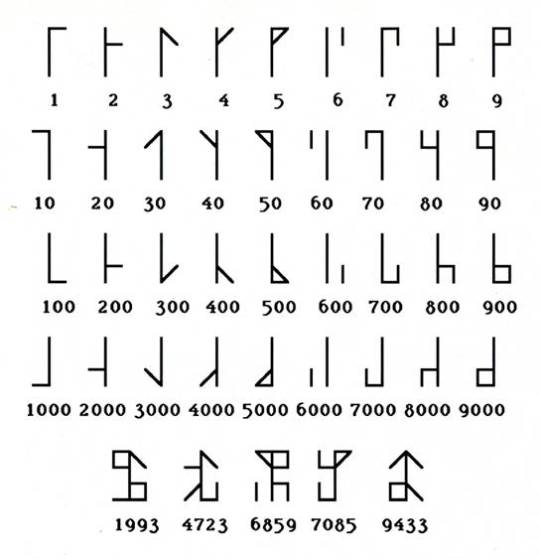Text
Just off the top of my head, here's some setting assumptions D&D makes thats not even universal to high fantasy, let alone dark/low fantasy, historical settings, urban fantasy, or scifi;
Magic is something anyone can access with proper education and time
There is a pantheon of very real deities who each have different purviews and distribute magic
Combat is generally slow and grindy, and your average player character or enemy can take multiple strikes from a sword and keep fighting.
Characters will get physically stronger and more martially competent as they continue to adventure, to the point of being able to fight enemies like dragons and giant demons.
Magic takes the form of a specific list of flashy and powerful effects, most of which can be performed in the span of seconds and are oriented around combat.
There is an afterlife and people can be revived
Generally speaking a character is going to have to choose between martial prowess, magical capability, and a sort of "everything else" bucket. In particular, a character specialized for combat is going to have little to do outside of it.
Some of these assumptions (leveling up, grindy combat, characters specializing in combat/magic/noncombat) are both very restrictive in the kinds of stories you can tell, and fundamental to how Dungeons and Dragons works to the point that you lose the benefit of familiarity if you try to remove it. (Good luck selling "We're playing 5e but we're not leveling up" or creating an entirely different suite of classes)
I saw someone compare D&D to Star Wars, which is more or less the most popular "scifi with magic" media; Jedi just don't fit into D&D classes; they're the biggest source of player-side magic, and their powers are a small toolkit of subtle, new-age-mysticism tricks; pretty far from wizards, clerics, and warlocks.
I know 5e-Only types will mostly not care but for the sake of my sanity I need this written down.
4K notes
·
View notes
Text
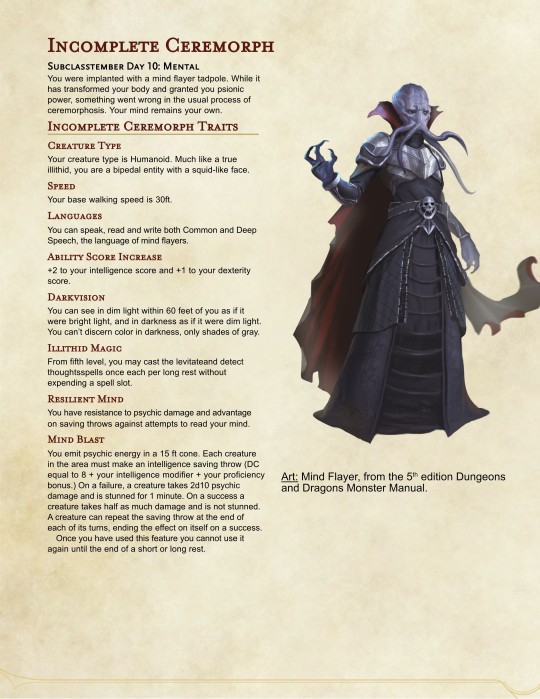
I've always wanted to make a playable mind flayer. For day 10: mental, this was the first idea that sprang to mind.
(Just noticed the formatting errors in the Illithid Magic section. Will update the image later!)
97 notes
·
View notes
Photo
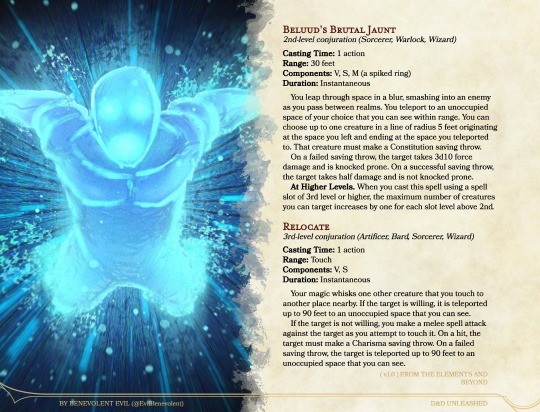
Most teleportation spells in 5th edition D&D don’t have combat applications other than simply changing the location of yourself, an ally, or an enemy. But the power of instantly changing a creature or object’s location can be used for so much more than simple re-positioning. These two spells were designed, among other reasons, to provide characters looking to specialize in teleportation magic with offensive options to use in combat that don’t feel out of place with the rest of the character concept. D&D Unleashed is free and fanmade. See more (including the full article for these spells) at dndunleashed.com, or follow @EvilBenevolent on twitter for the newest updates and answers to questions.
57 notes
·
View notes
Text
10 Lessons on Realistic Worldbuilding and Mapmaking I Learned Working With a Professional Cartographer and Geodesist
Hi, fellow writers and worldbuilders,
It’s been over a year since my post on realistic swordfighting, and I figured it’s time for another one. I’m guessing the topic is a little less “sexy”, but I’d find this useful as a writer, so here goes: 10 things I learned about realistic worldbuilding and mapmaking while writing my novel.
I’ve always been a sucker for pretty maps, so when I started on my novel, I hired an artist quite early to create a map for me. It was beautiful, but a few things always bothered me, even though I couldn’t put a finger on it. A year later, I met an old friend of mine, who currently does his Ph.D. in cartography and geodesy, the science of measuring the earth. When the conversation shifted to the novel, I showed him the map and asked for his opinion, and he (respectfully) pointed out that it has an awful lot of issues from a realism perspective.
First off, I’m aware that fiction is fiction, and it’s not always about realism; there are plenty of beautiful maps out there (and my old one was one of them) that are a bit fantastical and unrealistic, and that’s all right. Still, considering the lengths I went to ensure realism for other aspects of my worldbuilding, it felt weird to me to simply ignore these discrepancies. With a heavy heart, I scrapped the old map and started over, this time working in tandem with a professional artist, my cartographer friend, and a linguist. Six months later, I’m not only very happy with the new map, but I also learned a lot of things about geography and coherent worldbuilding, which made my universe a lot more realistic.
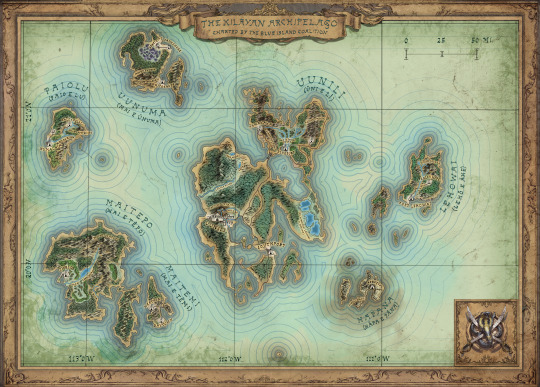
1) Realism Has an Effect: While there’s absolutely nothing wrong with creating an unrealistic world, realism does affect the plausibility of a world. Even if the vast majority of us probably know little about geography, our brains subconsciously notice discrepancies; we simply get this sense that something isn’t quite right, even if we don’t notice or can’t put our finger on it. In other words, if, for some miraculous reason, an evergreen forest borders on a desert in your novel, it will probably help immersion if you at least explain why this is, no matter how simple.
2) Climate Zones: According to my friend, a cardinal sin in fantasy maps are nonsensical climate zones. A single continent contains hot deserts, forests, and glaciers, and you can get through it all in a single day. This is particularly noticeable in video games, where this is often done to offer visual variety (Enderal, the game I wrote, is very guilty of this). If you aim for realism, run your worldbuilding by someone with a basic grasp of geography and geology, or at least try to match it to real-life examples.
3) Avoid Island Continent Worlds: Another issue that is quite common in fictional worlds is what I would call the “island continents”: a world that is made up of island-like continents surrounded by vast bodies of water. As lovely and romantic as the idea of those distant and secluded worlds may be, it’s deeply unrealistic. Unless your world was shaped by geological forces that differ substantially from Earth’s, it was probably at one point a single landmass that split up into fragmented landmasses separated by waters. Take a look at a proper map of our world: the vast majority of continents could theoretically be reached by foot and relatively manageable sea passages. If it weren’t so, countries such as Australia could have never been colonized – you can’t cross an entire ocean on a raft.
4) Logical City Placement: My novel is set in a Polynesian-inspired tropical archipelago; in the early drafts of the book and on my first map, Uunili, the nation’s capital, stretched along the entire western coast of the main island. This is absurd. Not only because this city would have been laughably big, but also because building a settlement along an unprotected coastline is the dumbest thing you could do considering it directly exposes it to storms, floods, and, in my case, monsoons. Unless there’s a logical reason to do otherwise, always place your coastal settlements in bays or fjords.
Naturally, this extends to city placement in general. If you want realism and coherence, don’t place a city in the middle of a godforsaken wasteland or a swamp just because it’s cool. There needs to be a reason. For example, the wasteland city could have started out as a mining town around a vast mineral deposit, and the swamp town might have a trading post along a vital trade route connecting two nations.
5) Realistic Settlement Sizes: As I’ve mentioned before, my capital Uunili originally extended across the entire western coast. Considering Uunili is roughly two thirds the size of Hawaii the old visuals would have made it twice the size of Mexico City. An easy way to avoid this is to draw the map using a scale and stick to it religiously. For my map, we decided to represent cities and townships with symbols alone.
6) Realistic Megacities: Uunili has a population of about 450,000 people. For a city in a Middle Ages-inspired era, this is humongous. While this isn’t an issue, per se (at its height, ancient Alexandria had a population of about 300,000), a city of that size creates its own set of challenges: you’ll need a complex sewage system (to minimize disease spreading like wildfire) and strong agriculture in the surrounding areas to keep the population fed. Also, only a small part of such a megacity would be enclosed within fantasy’s ever-so-present colossal city walls; the majority of citizens would probably concentrate in an enormous urban sprawl in the surrounding areas. To give you a pointer, with a population of about 50,000, Cologne was Germany’s biggest metropolis for most of the Middle Ages. I’ll say it again: it’s fine to disregard realism for coolness in this case, but at least taking these things into consideration will not only give your world more texture but might even provide you with some interesting plot points.
7) World Origin: This point can be summed up in a single question: why is your world the way it is? If your novel is set in an archipelago like mine is, are the islands of volcanic origin? Did they use to be a single landmass that got flooded with the years? Do the inhabitants of your country know about this? Were there any natural disasters to speak of? Yes, not all of this may be relevant to the story, and the story should take priority over lore, but just like with my previous point, it will make your world more immersive.
8) Maps: Think Purpose! Every map in history had a purpose. Before you start on your map, think about what yours might have been. Was it a map people actually used for navigation? If so, clarity should be paramount. This means little to no distracting ornamentation, a legible font, and a strict focus on relevant information. For example, a map used chiefly for military purposes would naturally highlight different information than a trade map. For my novel, we ultimately decided on a “show-off map” drawn for the Blue Island Coalition, a powerful political entity in the archipelago (depending on your world’s technology level, maps were actually scarce and valuable). Also, think about which technique your in-universe cartographer used to draw your in-universe map. Has copperplate engraving already been invented in your fictional universe? If not, your map shouldn’t use that aesthetic.
9) Maps: Less Is More. If a spot or an area on a map contains no relevant information, it can (and should) stay blank so that the reader’s attention naturally shifts to the critical information. Think of it this way: if your nav system tells you to follow a highway for 500 miles, that’s the information you’ll get, and not “in 100 meters, you’ll drive past a little petrol station on the left, and, oh, did I tell you about that accident that took place here ten years ago?” Traditional maps follow the same principle: if there’s a road leading a two day’s march through a desolate desert, a black line over a blank white ground is entirely sufficient to convey that information.
10) Settlement and Landmark Names: This point will be a bit of a tangent, but it’s still relevant. I worked with a linguist to create a fully functional language for my novel, and one of the things he criticized about my early drafts were the names of my cities. It’s embarrassing when I think about it now, but I really didn’t pay that much attention to how I named my cities; I wanted it to sound good, and that was it. Again: if realism is your goal, that’s a big mistake. Like Point 5, we went back to the drawing board and dove into the archipelago’s history and established naming conventions. In my novel, for example, the islands were inhabited by indigenes called the Makehu before the colonization four hundred years before the events of the story; as it’s usually the case, all settlements and islands had purely descriptive names back then. For example, the main island was called Uni e Li, which translates as “Mighty Hill,” a reference to the vast mountain ranges in the south and north; townships followed the same example (e.g., Tamakaha meaning “Coarse Sands”). When the colonizers arrived, they adopted the Makehu names and adapted them into their own language, changing the accented, long vowels to double vowels: Uni e Li became “Uunili,” Lehō e Āhe became “Lehowai.” Makehu townships kept their names; colonial cities got “English” monikers named after their geographical location, economic significance, or some other original story. Examples of this are Southport, a—you guessed it—port on the southernmost tip of Uunili, or Cale’s Hope, a settlement named after a businessman’s mining venture. It’s all details, and chances are that most readers won’t even pay attention, but I personally found that this added a lot of plausibility and immersion.
I could cover a lot more, but this post is already way too long, so I’ll leave it at that—if there’s enough interest, I’d be happy to make a part two. If not, well, maybe at least a couple of you got something useful out of this. If you’re looking for inspiration/references to show to your illustrator/cartographer, the David Rumsey archive is a treasure trove. Finally, for anyone who doesn’t know and might be interested, my novel is called Dreams of the Dying, and is a blends fantasy, mystery, and psychological horror set in the universe of Enderal, an indie RPG for which I wrote the story. It’s set in a Polynesian-inspired medieval world and has been described as Inception in a fantasy setting by reviewers.
Credit for the map belongs to Dominik Derow, who did the ornamentation, and my friend Fabian Müller, who created the map in QGIS and answered all my questions with divine patience. The linguist’s name is David Müller (no, they’re not related, and, yes, we Germans all have the same last names.)
791 notes
·
View notes
Text
love love love the concept of like, liminal locations but not in like the dumb aesthetic images way but like in the sense of like, towns and places that actually are on an elliptical orbit with the plane of consensus reality, like imagine if there was some town and it would go through phases where its like just coming into existence but its impossible for most people to reach it unless they have an "in", but then it eventually is congruent to baseline reality for a couple of years, then it slowly shifts away from baseline reality again and all the things anchoring it to the real world slowly get lessened over time, and it becomes harder for new people to move in or hear about the town, before the town sort of goes off the rails a bit and as it shifts away from reality paranormal events and weather take place but they never make a difference to the real world, and then like right on the verge before it falls out of the plane of reality completely it gets like infested with cosmic monsters and there's only one way to escape it, leaving the survivors of this event completely isolated in the town until they die, with a slim possibility that eventually the town might swing back towards reality again, inhabited by the survivors of the past terrors.
474 notes
·
View notes
Text
Hey if you’re into TTRPGs at all, or really wanna help trans youth in Texas, I highly recommend checking out this bundle on itchio! You can get nearly 500 games, tools, and supplements, a nearly $3000 value, for FIVE DOLLARS! Please consider donating to a great cause and getting a ridiculous amount of games!!!!!

14K notes
·
View notes
Text
Pathfinder Drops Phylactery From In-Game Terminology
Paizo has discontinued the use of the word “phylactery” in its Pathfinder publications due to the word’s origins as an item used in real-world religious customs. In the most recent chapter of Strength of Thousands, Pathfinder 2E’s current Adventure Path, Paizo noted that it would use the phrase “soul cages” to describe the physical item that a lich stores their soul in. Traditionally in Dungeons & Dragons, Pathfinder, and other fantasy tabletop games, the item was known as a phylactery.
In the table of contents to Doorway to the Red Star, Paizo explains their reasoning: “Starting with the lich Dwandek in this adventure, we’re making a long‑overdue terminology change. The use of the word “phylactery” as the item in which a lich stores their soul is both inaccurate and inappropriate given the evil nature of liches and the word’s connotation with real‑world religious practices. Instead, liches in Pathfinder Second Edition store their souls in objects called soul cages—an act that liches see as an ultimate act of defiance against the cycle of life and death. Liches consider their souls not as things to cherish, but as weaknesses that, once locked away in a cage, allow for eternal undeath. Apart from this change in name, the mechanics for how liches function remain unaltered.“
Gary Gygax and Rob Kuntz introduced what modern fantasy fans recognize as the lich in the pages of Greyhawk, the first-ever rules expansion for Dungeons & Dragons. Their version of the lich (which to that point was used as a generic synonym for the undead) was that of an undead magic user who retained their abilities from beyond the grave. Gygax expanded upon the lore of the lich in the original Monster Manual, specifying that liches were magic-users who through foul sorcery had conquered death by placing their soul inside an arcane box. Gygax called this box a phylactery, a word also used to describe a leather box worn by some Jews while praying that contained passages of the Torah. Many Jews alternatively referred to a phylactery as a tefillin, and the word "phylactery” is associated with a tefillin through the Greek New Testament. It’s noted that subsequent descriptions of the phylactery in Dungeons & Dragons even went as far as to note that the box contained spells written on strips of paper, similar to how a tefillin contains passages of the Torah inside of it.
Because liches are depicted almost universally as evil creatures in Dungeons & Dragons and other fantasy properties (some methods of becoming a lich involve the ritual sacrifice of an infant) and because the phylactery is usually depicted as an evil artifact, some have pointed out that using the word seems problematic. While the word phylactery has historically had other uses than as an item used in Jewish religious practices, at least some game designers have either consciously or unconsciously appropriated the tefillin when describing the item used to hold a lich’s soul. Given how much Anti-Semitic imagery and symbolism crops up in fantasy literature either through ignorance or deliberate bigotry, Paizo’s move seems reasonable and their new terminology makes a lot of practical sense.
We’ll likely hear much more about soul cages, as Paizo plans to release Book of the Dead, a new rulebook covering the undead, next year.
[SOURCE]
66 notes
·
View notes
Photo

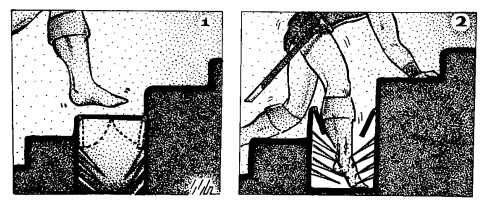

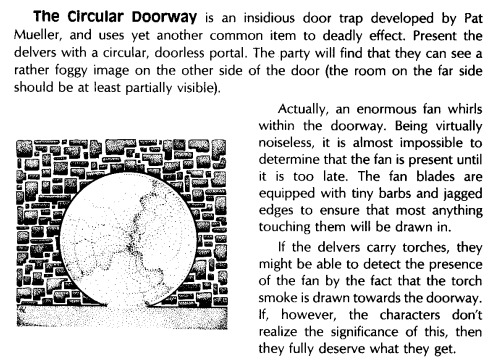
Grimtooth’s Traps was not in the remote vicinity of fucking around
54K notes
·
View notes
Text
The fact that the dnd source material doesn't allow for protective eyewear to counteract sunlight sensitivity for drow and duergar is a crime tbh. Like sunglasses have existed since at least the 12th century CE, and look at how cool some of them were:
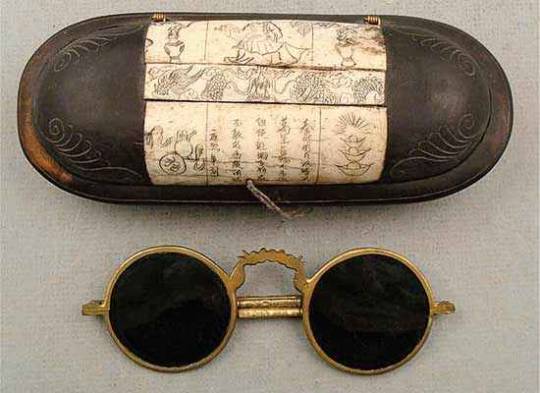


These could 100% reasonably be found in a fantasy setting, and they would make your character look dope as hell. Even if historical sunglasses aren't your thing there's still other options. Like wide brimmed hats?

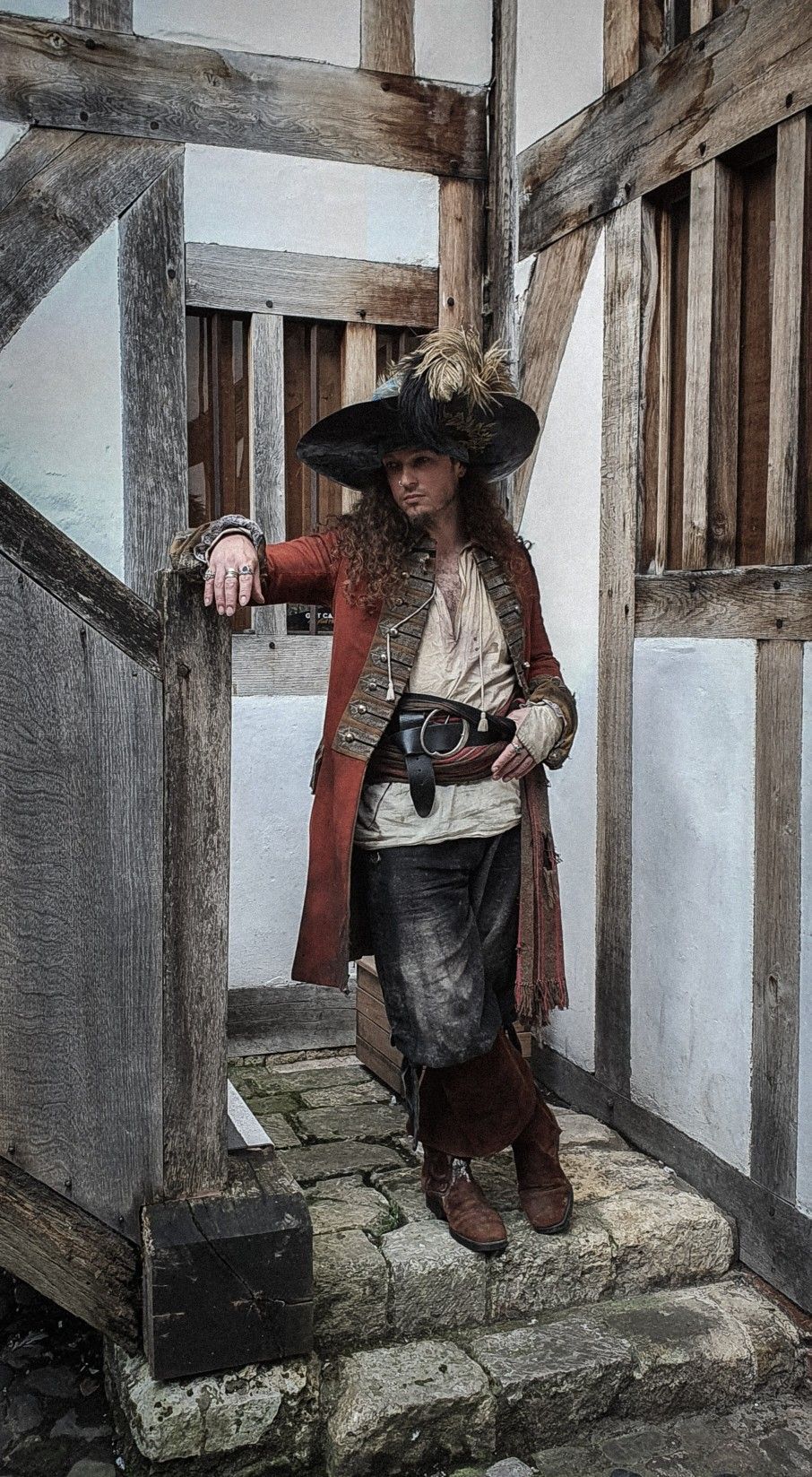
And black lace veils?
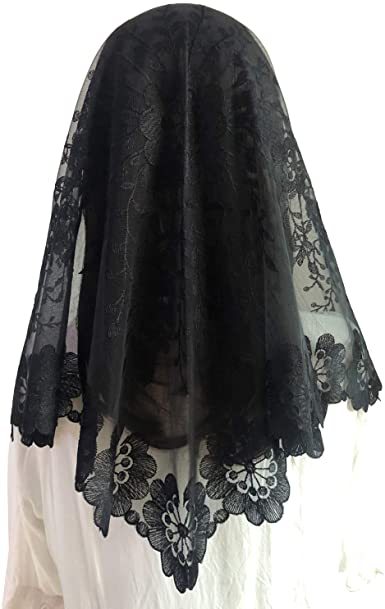
Any one of these would protect against the sun, and presumably make it easier for drow and duergar to see what they're doing when they're someplace bright. There would still be ways to make it narratively interesting. Glasses could break, veils could get torn, hats could be knocked off, especially in the heat of battle. Enemies could ambush the party at dawn while the drow/duergar character is asleep without their protective gear on and they've gotta use part of their turn to fix that. Drow and duergar could also be affected more harshly by spells that make blinding light if they don't have their gear on. This would make drow and duergar seem more like playable races with some challenges you can work around than a playable race that's too unmanageable to even consider. But no, instead we get "you get disadvantage on every attack roll unless you're underground or it's night time" 🙄
5K notes
·
View notes
Photo
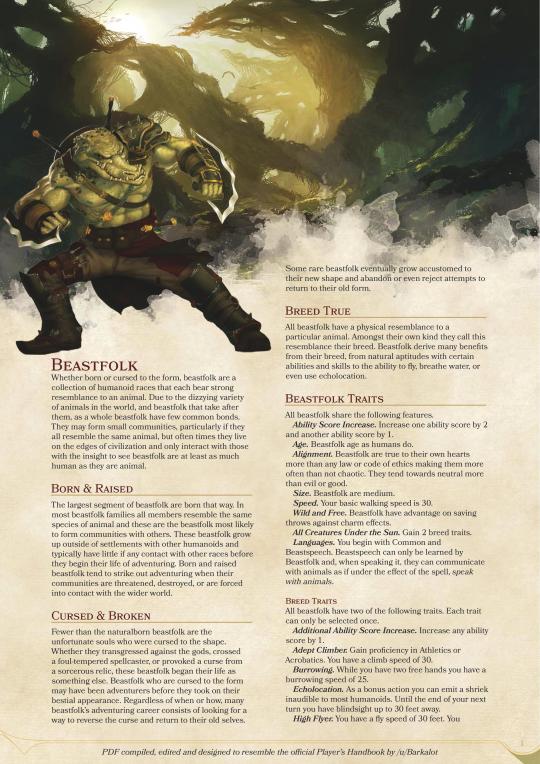
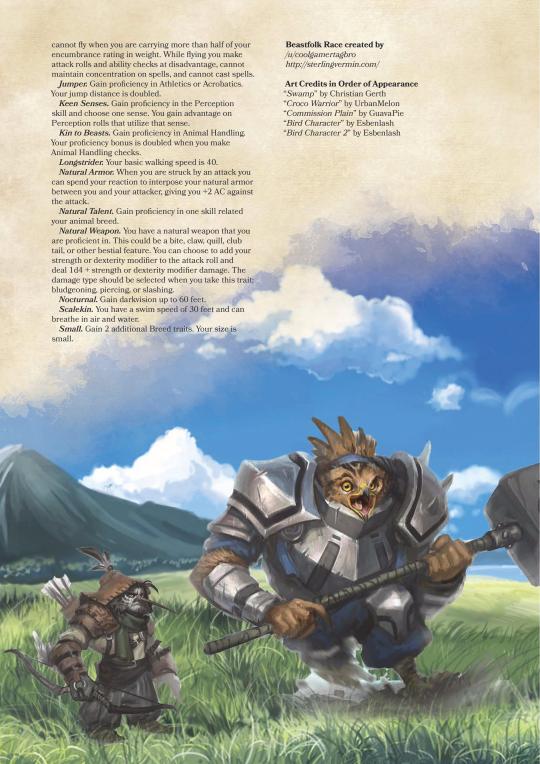
Beastfolk race by coolgamertagbro
1K notes
·
View notes
Text
The Anadi are just giant sapient jumping spiders that can transform to take on human/humanoid shapes but oh my god the artists rly managed to capture the oooOwOooo of jumping spiders
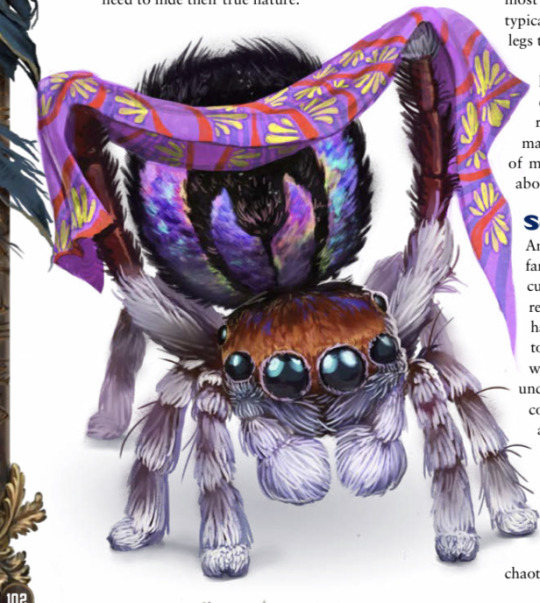

5K notes
·
View notes
Text
Here is a free pdf of the players handbook
Here is a free pdf of xanathars guide to everything
Here is a free pdf to monsters manual
Here is a free pdf to tashas cauldron of everything
Here is a free pdf to dungeon master’s guide
Here is a free pdf to volo’s guide to monsters
Here is a free pdf of mordenkainen’s tomb of foes
For all your dnd purposes
237K notes
·
View notes
Photo
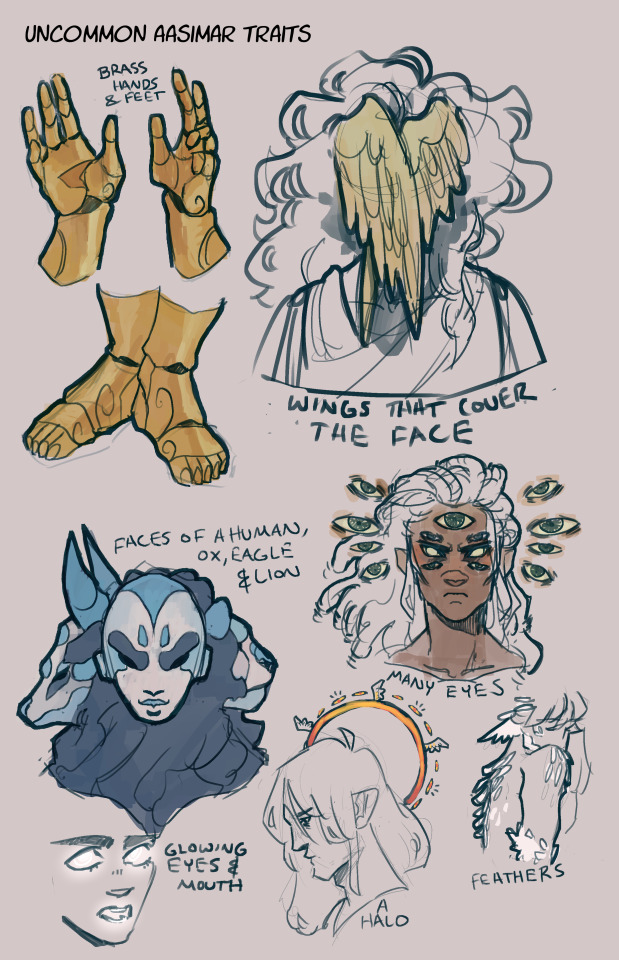
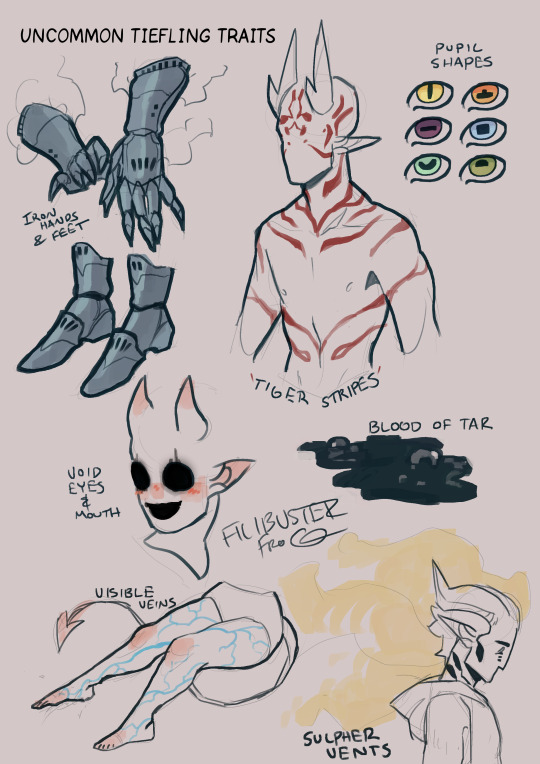
some traits u can add to ur characters or npcs if u want!
40K notes
·
View notes
Text
You know what fantasy writing needs? Working class wizards.
A crew of enchanters maintaining the perpetual flames that run the turbines that generate electricity, covered in ash and grime and stinking of hot chilies and rare mushrooms used for the enchantments
A wizard specializing in construction, casting feather fall on every worker, and enchanting every hammer to drive nails in straight, animating the living clay that makes up the core of the crane
An elderly wizard and her apprentice who transmute fragile broken objects. From furniture, to rotten wood beams, to delicate jewelry
A battle magician, trained with only a few rudimentary spells to solve a shortage of trained wizards on the front who uses his healing spells to help folks around town
Wizarding shops where cheery little mages enchant wooden blocks to be hammered into the sides of homes. Hammer this into the attic and it will scare off termites, toss this in the fire and clean your chimney, throw this in the air and all dust in the room gets sucked up
Wizard loggers who transmute cut trees into solid, square beams, reducing waste, and casting spells to speed up regrowth. The forest, they know, will not be too harsh on them if the lost tree’s children may grow in its place
Wizard farmers who grow their crops in arcane sigils to increase yield, or produce healthier fruit
Factory wizards who control a dozen little constructs that keep machines cleaned and operational, who cast armor to protect the hands of workers, and who, when the factory strikes for better wages, freeze the machines in place to ensure their bosses can’t bring anyone new in.
Anyway, think about it.
57K notes
·
View notes


